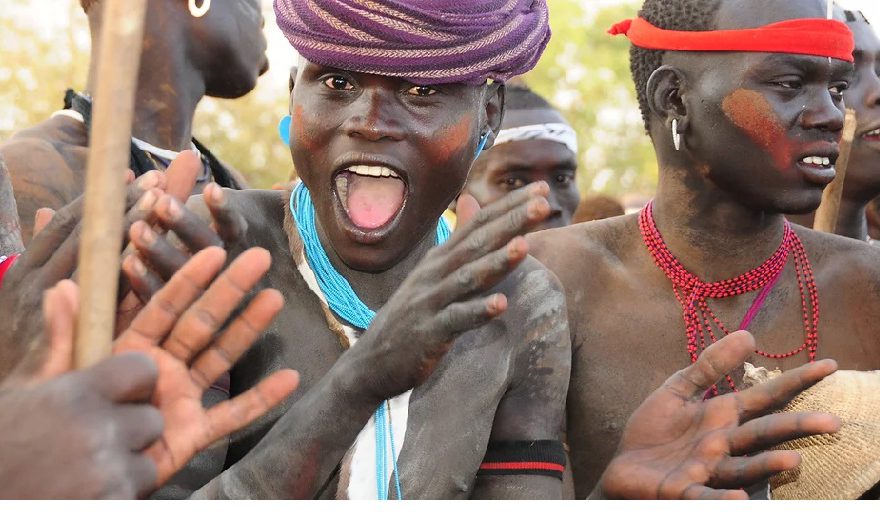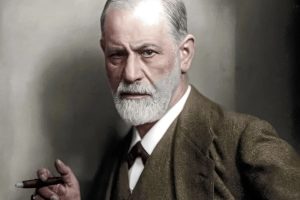
BY KFLEEYESUS ABEBE
Addis Ababa has multiple entertainment alternatives to whoever wants to spend time in a mood. Whether it is weekdays or the weekends you can go to cinemas, which are popular entertainment choices in the meantime. Or, you could attend sport matches at the national stadium. There are swimming pools, badminton, tennis and basketball courts, bowling alley or gymnasium in couple of places in the capital. Cafeterias, pubs, restaurants with cultural foods or cusines from different countries are also growing in numbers and quality. In addition to this, newly inaugurated parks; Unity and Entoto parks provide unique scenery and entertainment means like archery, running and horse riding.
Above all, there is one type of entertainment that is very affordable and never disappoint. In fact, it keeps me amazed everytime I go. I enjoy watching theatrical performances. But due to transportation and lateness of the shows it has been sometime I have been inside Ethiopian National Theatre. Last Sunday, I happened to be there taking relatives with me. It was a coincidence the theatre played that day was a new one and new of its kind. It is named “Tirainya ko Koisani” (Playing the Mediator), ” a story from Mursi tribe. It is very rare a theatrical performances to come from native people of Mursi who don’t have knowledge and experiences about theatre. As Amharic is the working language, majority of the theatrical performances are done in Amharic. Of course, there are performances in other language like so far Guraghegna, Yekaki Wurdot and Oromo and Tigriyna are expected. But this one is coming from indignious people of Mursi is a very new experince the theatre house pride itself. Ethiopian National theatre Manager described the day as important milestone in the theatre house’s history.
Playwright and director of the theatre is an award winning documentary maker Olisarali Olibui. Olisarali went to Australia in 2000, learnt English and returned with a video camera, a laptop and a solar charger. Since then, he decided to use the kit to portray his people’s lifestyle and culture and to give them a voice. His documentary, shooting with Mursi won Special UNESCO Award and toured the world. Olisarali sustained his effort of promoting his people now writing and directing theatre though he has little knowledge. But he got support from Wolkite University, London based theatre company; the South Omo theatre company and the University of London. Tesfahun Haddis who is a lecturer and ethnographic film maker helped Olisarali write a Mursi play.
Some of the shooting of his documentary, shooting with Mursi, also appeared on the theatre. Olisarali says the story is common love story but shows the customs of Mursi tribe especially their mediation culture in an interesting way.
The story is a love story set in Mursi land and based on true events in which two men are in love with the same girl. According to Mursi customary law such a conflict is best resolved through donga (stick dueling), which is important menotym of peace and stability in Mursiland.
Olisarali in this theatre aimed to bring greater awareness about Mun to Ethiopian people more generally, and to influence and change opinions amongst policy makers towards the inclusion in national politics of all South Omo region’s ethnic groups.
Producer and member of London based South Omo theatre company Asteway Mellese says their goal is to show Ethiopia in away it has never been showed before. It will also give inclusion to parts of people as Ethiopian arts, culture and history is dominated by its northern part. As the performers are majorly members of the tribe, he also elaborates the need of participating indignious people to perform.
“ Previously theatre traditional used to be done by professionals studying culture of certain tribes. We don’t think that is the right way. We have to let people themselves to talk about themselves. We should help them to tell their stories to audience directly than we talk about them. The discipline also say the same. So, what we are doing is expermental in its nature. We let indiginous people talk about themselves; culture, customs and other affairs. Our role is empowering them to perform. “
The theatre made effort for the audience feel they are in Mursi, lower Omo valley by illumunated scenes with different colors of ligthening and pictures. Narrations are also part of the theatre, and the narrator talked about ways of Mursi people. The Mursi divide activities to everyone in the community including children. Water fetching, food preparation like maize grinding and others are shown the play. For children to be able in their future life, Mursi encourage children began to work at early age and they also introduced children to their responsibilities ahead.
For cattle are the currency by which a man’s wealth is measured, a Mursi man should have thirty eight cows and a Kalashnikov to get a wife. The Mursi live in a Kalashnikov culture, pressured on all sides by national parks and traditional enemies, the tribes constantly fight and raid each other for cattle. Otherthan this, the Mursi are hospitable people. They drink the blood of cattle mixed with milk, eat sorghum and corn and pick wild coffee. In the dry season they move near water. In the rainy season they seek out the lushest pasture for their precious cattle. Mursi women have the culture of piercing their lips and inserting disc. The women say lip plates are a mark of beauty prized by men and women alike. All the viewer can think of is how do they eat. Or kiss.
The Mursi last Sunday seized the stage with their beautiful customes, beautiful language and the dance to suprisal of the audience. I have seen many theatrical performances but this frankly speaking is one of the performances I will never forget. Watching this theatre, you will know enough about the Mursi people. You will be surprised by their way of life. Most of all, the dances will refreash your mind.
The theatre will also be touring across Europe, America, Canada and Australia.
THE ETHIOPIAN HERALD WEDNESDAY 3 AUGUST 2022





